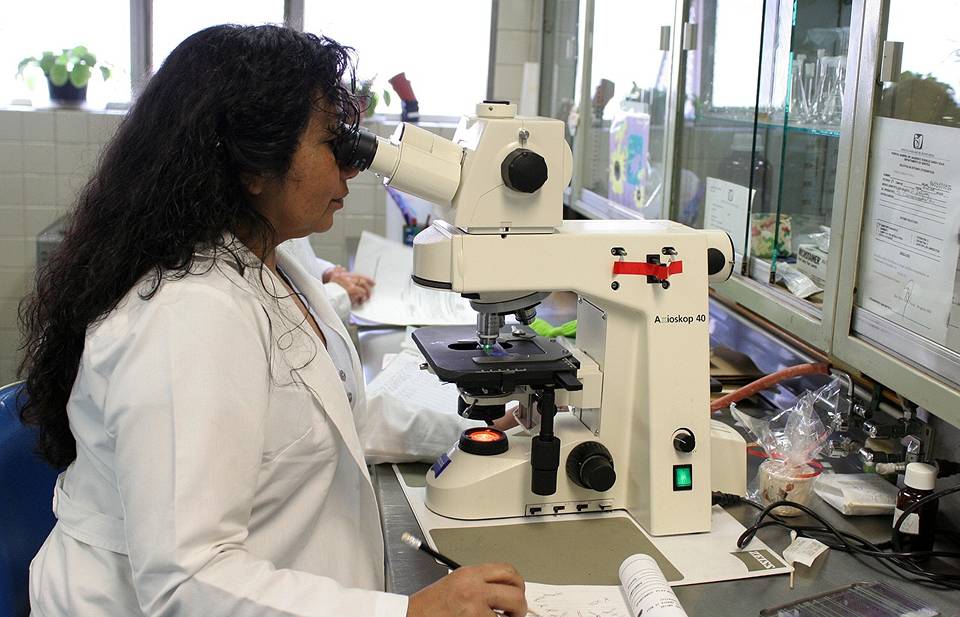
Peptides: A New Weight Research Frontier?
Peptides are proteins found in nature that share structural similarities with hormones. Peptides consist of a series of two to fifty amino acids. They may serve numerous important purposes and are the building blocks of proteins. Peptides are commonly developed or modified synthetically to manufacture hormones and stimulate growth and development.
Peptide supplements have been researched for multiple alleged potential impacts, although their primary function is to deliver messages to cells. It is important to note that these peptides are only used by researchers in contained laboratory environments and should not be used on or consumed by humans.
Studies suggest the plethora of potentials that peptides may exhibit include boosting muscle growth and generating more rapid tissue repair. Additional research purports that peptides may also impact muscle-to-fat ratios and potentially induce loss in body mass. The properties of peptide compounds for weight loss have been documented in research studies we will review more in-depth in this article.
Tesamorelin Peptide
Tesamorelin is a peptide believed to function similarly to growth hormone (HGH). It is classified as a GHRH (Growth Hormone Releasing Hormone). An enlarged pituitary gland makes it harder to produce enough growth hormone so that this peptide may manage the pituitary deficit. The hypothalamus is an endocrine gland that is considered to regulate many different physiological activities; thus, presenting peptide supplements containing GHRH peptides may be positive as it may boost chemical signals given by the hypothalamus in rodent models.
It has been hypothesized that increased GHRH levels and simpler GH production in the hypothalamus may result from Tesamorelin presentation [i]. Extensive studies have been conducted on this peptide to mitigate the effects of endocrine deficiencies, such as low growth hormone levels. The results of these studies imply that when GHRH peptide is presented, the pituitary gland responds by producing more growth hormone (HGH).
CJC-1295 Peptide
CJC-1295 is a versatile peptide that shows promise in disease research. Research models with pituitary dysfunction have yielded positive results following the introduction of CJC-1295, as data from research experiments has suggested.
Cachexia is characterized by an age-associated decline in the ability to produce proteins. The maintenance and development of muscle and other physiological tasks requiring proteins suffer due to Cachexia. Researchers suggest this peptide may mitigate muscle atrophy and similar diseases as research findings in CJC-1295 suggest the peptide hosts the potential to induce cell proliferation and protein production.
MOTS-C Peptide
The enzyme in mitochondria that catalyzes ATP generation provides a unique mitochondrial-derived peptide. It has been purported that this compound might reduce the quantity of glucose metabolized by fat cells and has been suggested to improve insulin sensitivity.
This peptide has been speculated to encourage a beneficial change in insulin sensitivity, which is necessary for muscle recovery. Insulin and leptin resistance might be reduced as a result [ii]. In animal tests, lowered insulin resistance and improved glucose tolerance have also been hypothesized. Moreover, research has suggested that MOTS-C may enhance the performance of beta islet cells, which are in charge of insulin synthesis.
Another study examined how MOTS-C affected muscle mass, fat mass, and body composition. With no observed ancillary effects on fat mass or fat-free mass, MOTS-C was speculated to boost lean mass [iii].
AOD-9064 Peptide
Dipeptide AOD-9064 is often known as tranylcypromine. Studies have suggested it to potentially lessen inflammation and repair damage in muscle tissue. This is owing to its alleged capacity to promote the suppression of the production of pro-inflammatory hormones such as TNF-alpha.
One of its primary proposed methods is the stimulation of IGF-1 receptors [iv]. The activator of GH receptors, GHRP-6, has been hypothesized to be responsive to this peptide's activation. This means it may inhibit the pituitary gland from producing as much Growth Hormone. Studies suggest the peptide might increase somatostatin synthesis, which may act as a natural inhibitor of growth hormone.
Additional research purports that AOD-9064 may potentially prompt the release of growth hormone (GH). Findings also imply that the pituitary gland's ability to secrete Growth Hormone may be greatly facilitated due to a potential increase in somatostatin production, decreasing somatostatin secretion. This is significant because blocking the creation of somatostatin, which may prevent the release of growth hormone, is the only way to boost growth hormone levels. More investigations imply that the pituitary gland's growth hormone (GH) production may be stimulated by this peptide, which may have anabolic and anti-catabolic effects.
If you are a researcher interested in further studying any of the compounds mentioned in this article, visit Core Peptides. Remember that none of the substances referred to in this piece have been approved for human consumption.
References
[i] Stanley TL, Chen CY, Branch KL, Makimura H, Grinspoon SK. Effects of a growth hormone-releasing hormone analog on endogenous GH pulsatility and insulin sensitivity in healthy men. J Clin Endocrinol Metab. 2011 Jan;96(1):150-8. doi: 10.1210/jc.2010-1587. Epub 2010 Oct 13. PMID: 20943777; PMCID: PMC3038486.
[ii] Kim SJ, Miller B, Mehta HH, Xiao J, Wan J, Arpawong TE, Yen K, Cohen P. The mitochondrial-derived peptide MOTS-c is a regulator of plasma metabolites and enhances insulin sensitivity. Physiol Rep. 2019 Jul;7(13):e14171. doi: 10.14814/phy2.14171. PMID: 31293078; PMCID: PMC6640593.
[iii] Lee C, Kim KH, Cohen P. MOTS-c: A novel mitochondrial-derived peptide regulating muscle and fat metabolism. Free Radic Biol Med. 2016 Nov;100:182-187. doi: 10.1016/j.freeradbiomed.2016.05.015. Epub 2016 May 20. PMID: 27216708; PMCID: PMC5116416.
[iv] https://www.abc.net.au/science/articles/2013/07/26/3811053.htm

Comments (0)